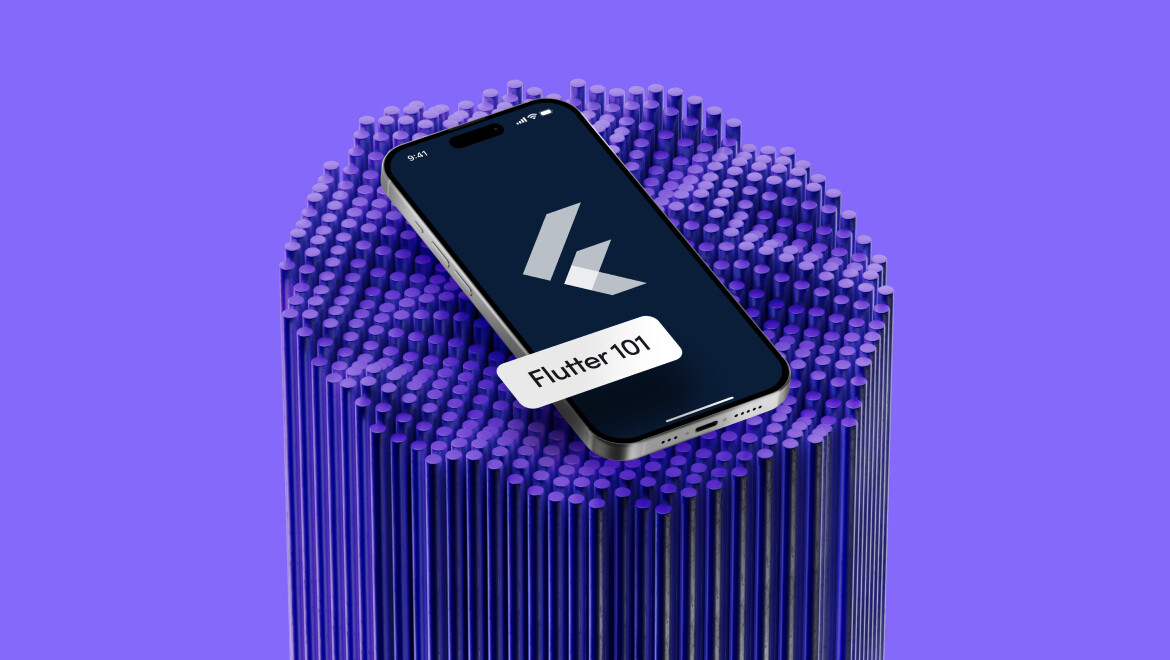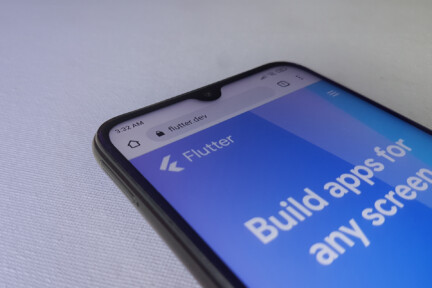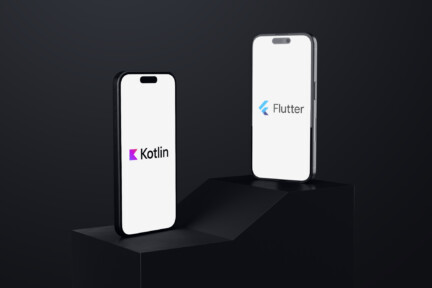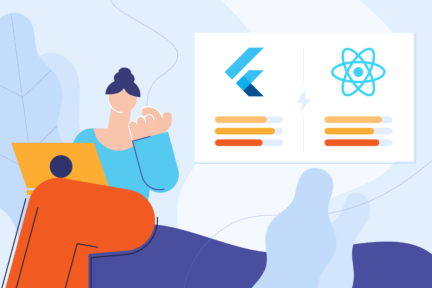

Maui vs Flutter
Maui vs Flutter: Comparison
Maui and Flutter are two prominent frameworks for building cross-platform applications, but they have distinct approaches, ecosystems, and performance characteristics. Both aim to simplify app development across multiple platforms, including iOS, Android, Windows, and macOS, but their underlying technologies and use cases vary.
What is Maui?
Maui (Multi-platform App UI) is a framework developed by Microsoft as part of the .NET ecosystem. It serves as the evolution of Xamarin.Forms, designed to create native applications using a single codebase. With Maui, developers can build applications for Windows, macOS, Android, and iOS, leveraging the power of .NET and C#.
Maui focuses on providing a more streamlined development experience within the .NET environment. It includes the following key features:
- Native UI rendering: Maui allows developers to build applications with native UI components, providing a seamless experience that feels fully integrated with each platform.
- Single Project Structure: Developers work within a single project for all platforms, simplifying project management and code sharing.
- Hot Reload: Maui offers a hot reload feature to make live updates during development, speeding up the testing and iteration process.
What is Flutter?
Flutter is a cross-platform app development framework developed by Google. Unlike Maui, which relies on native UI rendering, Flutter uses its own Dart programming language and a custom rendering engine to create UIs. Flutter can also target multiple platforms, including Android, iOS, Windows, macOS, Linux, and even the web.
Key features of Flutter include:
- Custom Rendering Engine: Flutter’s Skia rendering engine allows for high-performance UI drawing, making it ideal for building visually rich and complex interfaces.
- Widgets-based Architecture: Everything in Flutter is built using widgets, offering extensive customization of UI components.
- Fast Performance: Hot reload feature allows Flutter developers to make instant changes, similar to Maui’s approach, but with a focus on rapid UI iteration.
Maui vs Flutter: Key Differences
Programming Language
- Maui: Uses C# and .NET, making it a natural choice for developers already familiar with Microsoft’s ecosystem.
- Flutter: Uses Dart, which may require developers to learn a new language but offers a high-performance environment optimized for UI rendering.
UI Rendering
- Maui: Relies on native UI components for each platform, ensuring that the apps feel natural on every device.
- Flutter: Uses its own rendering engine, which gives it more control over the appearance but might not always perfectly match native platform behavior.
Performance
- Maui: Leverages native performance since it uses native UI components.
- Flutter: Offers fast UI rendering but may not always match the full native performance due to its custom engine.
Development Environment
- Maui: Tightly integrated with Microsoft’s tools, especially Visual Studio and other .NET development environments.
- Flutter: Works with a wide range of development tools but is often used with Android Studio or VS Code.
Community and Ecosystem
- Maui: Backed by Microsoft, Maui benefits from a long history of .NET development, including libraries and developer tools.
- Flutter: Backed by Google, Flutter has a rapidly growing community and an expanding set of packages available through pub.dev.
Practical Applications
- Maui is ideal for enterprises and developers already invested in the .NET ecosystem or those building applications with heavy integration into Microsoft’s services like Azure or Active Directory.
- Flutter is preferred for building highly customizable, pixel-perfect UIs and for those who want to support a broad range of platforms, including web and embedded devices.
Summary
Choosing between Maui and Flutter depends largely on your team’s existing skills, the specific platforms you need to support, and the nature of your application. For .NET developers seeking native performance and strong support from Microsoft, Maui is the better choice. However, for those looking for flexibility, rapid UI development, and a broader platform reach, Flutter is an excellent alternative.
Ready to discover more terms?






